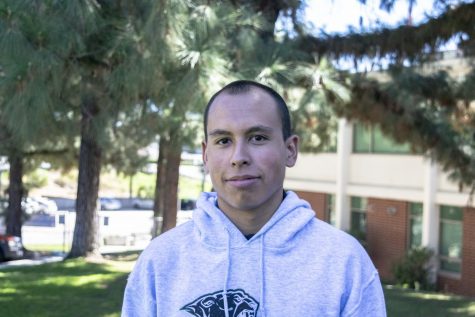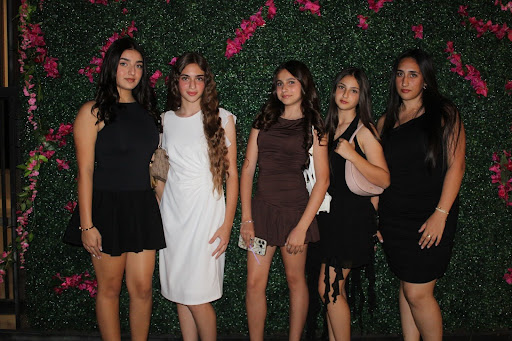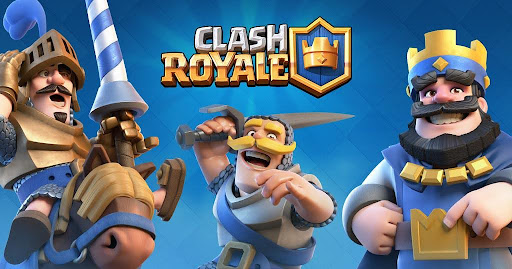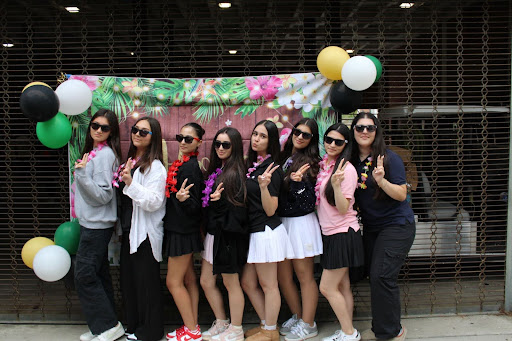GUSD teaches coding to students
Preparing students to enter the workforce
Junior Ismail Hasan, a student in David Black’s technology classes, developed a deep interest in computers during the course of his three years at Clark Magnet High School. “Mr. Black’s class has confirmed that I want to go into computer science as my major and that I will enjoy doing it for the rest of my life,” Hasan said.
The establishment of Clark Magnet High School in 1998 opened a new doorway for students who wanted something more in their schooling. Clark Magnet placed its focus on the STEM subjects and was only possible to attend by winning in a lottery. Up to this day it continues to thrive with upgraded computers and enhancements to the campus.
Black, himself a graduate of Clark, returned to teach and grow the robotics program. He has also taught engineering classes and worked to secure grants for the school. “The challenge is finding enough people that know how to use and develop, verify the correctness and applications,” Black said. “Programming is not all about the language, it is about learning how to think logically.”
Many students throughout the district have an interest in coding and some even learn programming languages on their own. In the city of Glendale, Thomas Edison Elementary School gives many students the chance to learn if they want to go into a career which uses technology on a daily basis.
This is due to classrooms fitted with SMART boards and ELMO document cameras which give a new meaning to 21st century learning. Mobile laptop carts are present for both students and teachers to use, giving an advantage to students who will enter middle school as they will have knowledge on using the internet as an educational tool. Mr. Somoso, a PlanetBravo instructor, leads 2nd-6th grade students in computer lab two-week rotations, taking place four times a year.
Part of the Glendale Unified School District, Cerritos Elementary is set to become a magnet school next fall in a five-year partnership with Code to the Future. A total cost of $266,000, the collaboration, worth $266,000, has potential to make the school prosper even more than it currently has and lay the groundwork for a future workforce of students with real potential and the skills to prove it.
Perla Chavez-Fritz, the school’s principal, said that they are looking forward to the program’s implementation. “The next cycle which we are just starting will have students 2-6th work with robotics,” Chavez-Fritz said. “Our students are working using their Chromebooks as well as our computer and coding labs where they will be working with the We do and EV3 robots.”
As if that weren’t enough, nearby Roosevelt Middle School has the possibility of also becoming a magnet school if a $6-million federal grant is obtained. A multitude of coding classes and 3D-printers for students to use are on the wish list if the grant is secured, as are an outdoor classroom and campus gardens.
Randall Kamiya, the Robotics club maintainer at Roosevelt Middle School, explained current projects that could become commonplace throughout the school. “We are currently conducting research into flying robots,” Kamiya said. “We are writing code for our drones so they fly autonomously.”
Many employees at the Glendale Unified School District are working to make all of these changes come to fruition. Kristine Nam, the district’s communications director, talked about the vision that the district has for its schools and students. “GUSD seeks to offer robust curriculum for our magnet students to continue studying in their area of emphasis — be it coding, advanced technology, visual and performing arts or foreign language immersion — beyond elementary school through middle and high school. We offer various opportunities for advancement at each of our middle and high schools.”
In a hypothetical yet very possible future scenario, a student may attend Cerritos Elementary and show an utmost interest in computers and engineering. He or she may go on to attend Roosevelt Middle School and get to experience 3D-printing objects in real time along with other STEM projects. That student will very likely have their sights set on attending Clark Magnet High School to learn the most that they can and get certification and/or an internship.
Hasan said he was surprised at the district’s move for its schools to teach coding, among everything else, to students from virtually every grade. “I never expected the district to see it as such an important thing,” said Hasan. “I think it’ll open up the path to success in students’ lives, as it is a great opportunity for them to learn, grow and expand their career options.”

Hobbies: Playing the electric guitar, going on Reddit
Favorite shows: The Office
Places you want to travel to: San Francisco, Mexico, Canada, Norway
Items...













